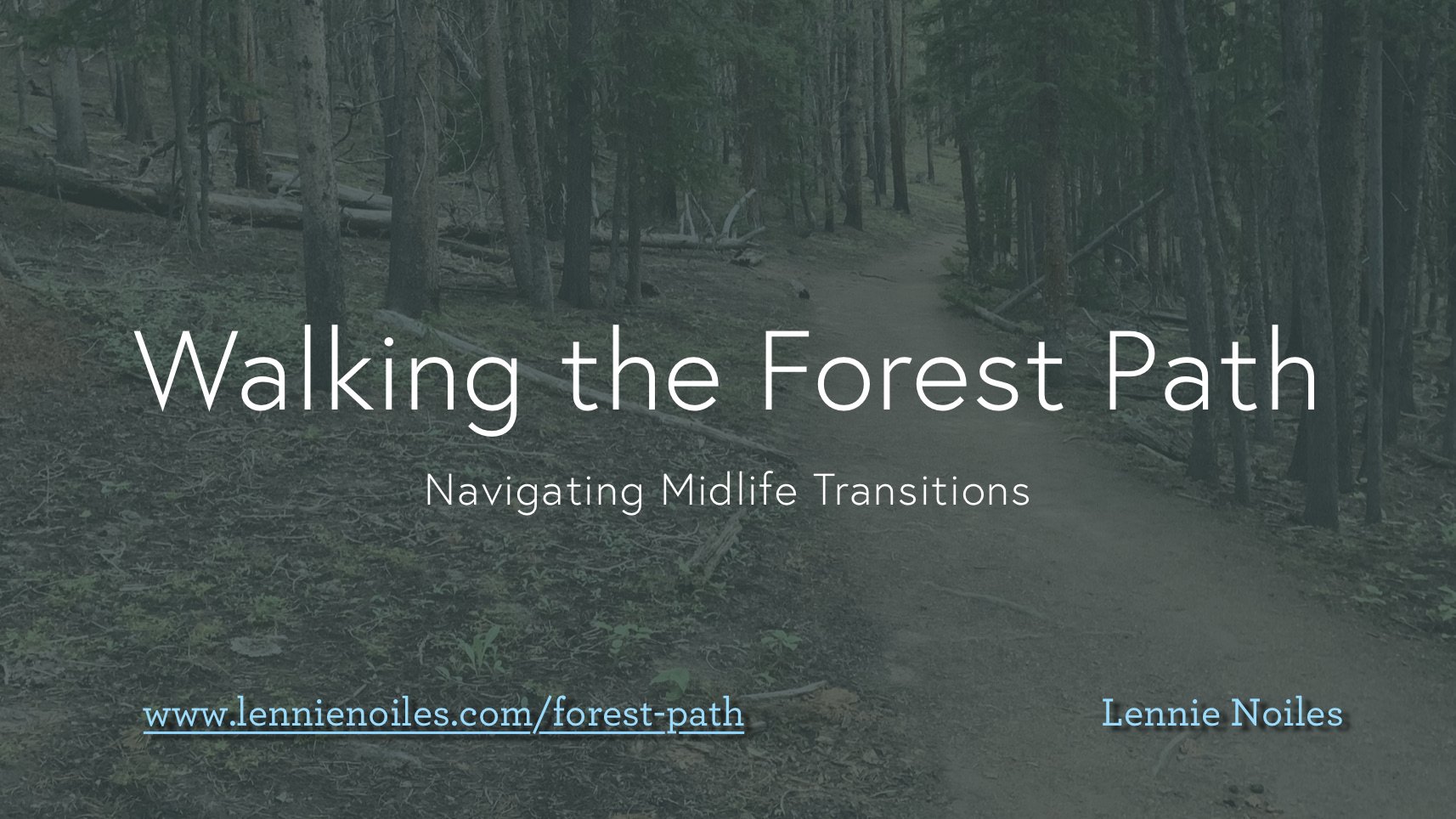When to stroll (<2 MPH / > 30 min per. mile)*
Slowing down our pace to a stroll facilitates contemplation and reflection. We can choose to become more aware of our surroundings and/or we can go deep into our thoughts. Strolling is a way to be mindfully aware. I will intentionally slow down, or even come to a stop, to draw attention or ask a client to go deeper.
Walk (3 MPH / 20 min per. mile)*
Our default speed of walking is where we will spend most of our journey. It is a speed that is comfortable and still allows for robust conversation. Our eyes tend to focus on what is just ahead and periodically take in a wider view to keep us orientated and aware of our changing environment. Waling at this comfortable pace is semi-autonomous and can be used as a trance-like state to tap the pre-conscious mind. Talk the walk to find a comfortable pace.
Fast/ Brisk (>3.5 MPH / <17 min per. mile)*
A brisk pace is still walking. Talking is still taking place, but we are noticeably moving faster.
When we walk, the cost of transport forms a U-shaped curve. The transition point, where humans switch from walking to running, occurs, on average, at around 7 km/h [4.5 mph]. At that point, running becomes more economical than walking. ~ Jussi Peltonen
A brisk pace can help quickly find clarity as thinking speeds up with pace. If a client has multiple priorities or topics, I will pick up the pace as we clear a path to find what is really important.
A fast pace can heighten awareness and it can also sooth hyperarousal symptoms.
* https://uhs.berkeley.edu/sites/default/files/wellness-walking101handout.pdf
External constraints
Using pace as a tool is an intentional act of the Nature-based coach. Just as important we must also be aware of conditions that will influence walking speed and the impact these conditions will have on the coaching session. Is there a time constraint that will dictate pace? Physical condition / ability of client and coach can influence pace. A change in weather or trail conditions will factor into pace. Theses are Natures gifts to the coaching experience.
The Nature-based coach adjusts to external constraints and will leverage the opportunity presented.



















